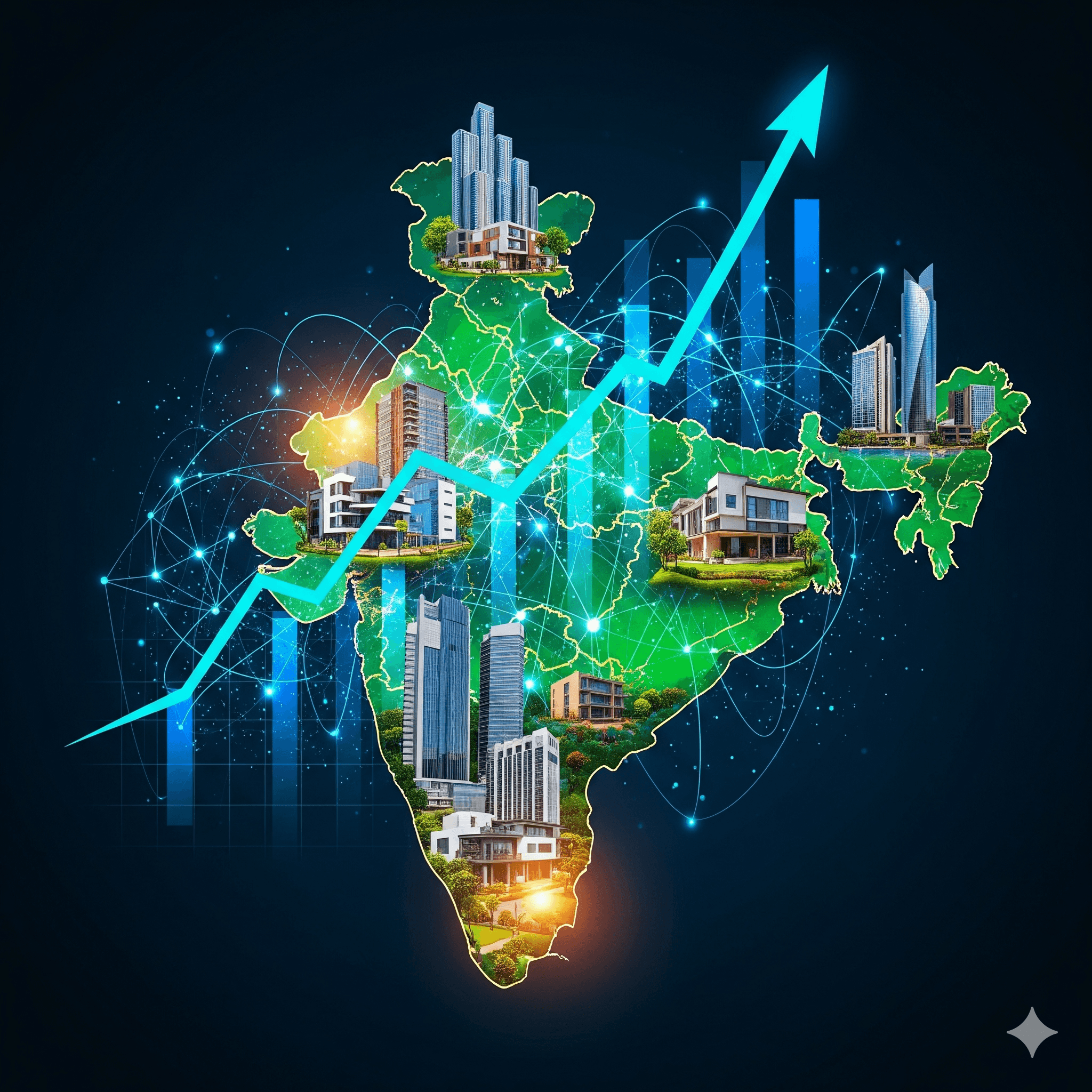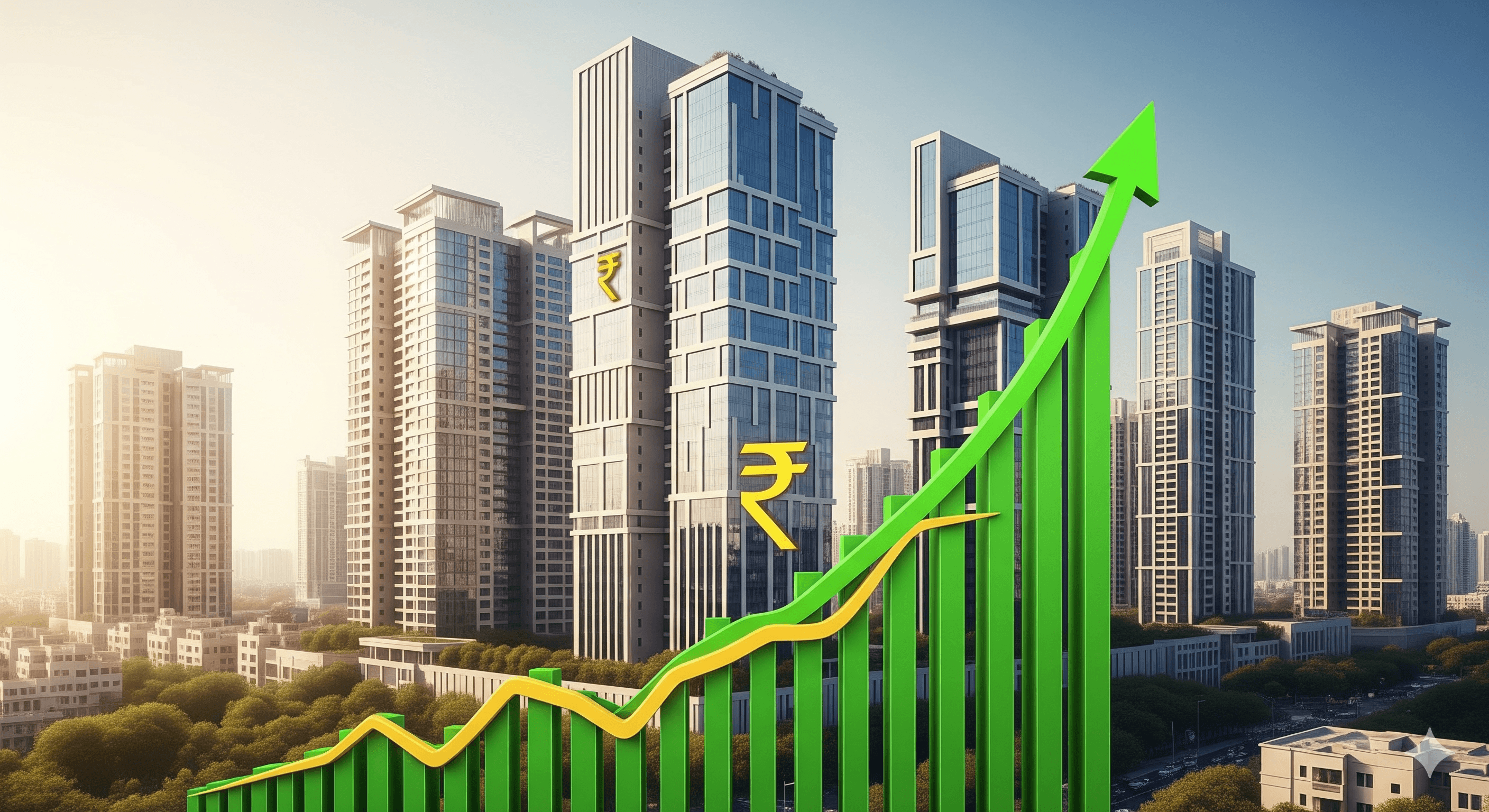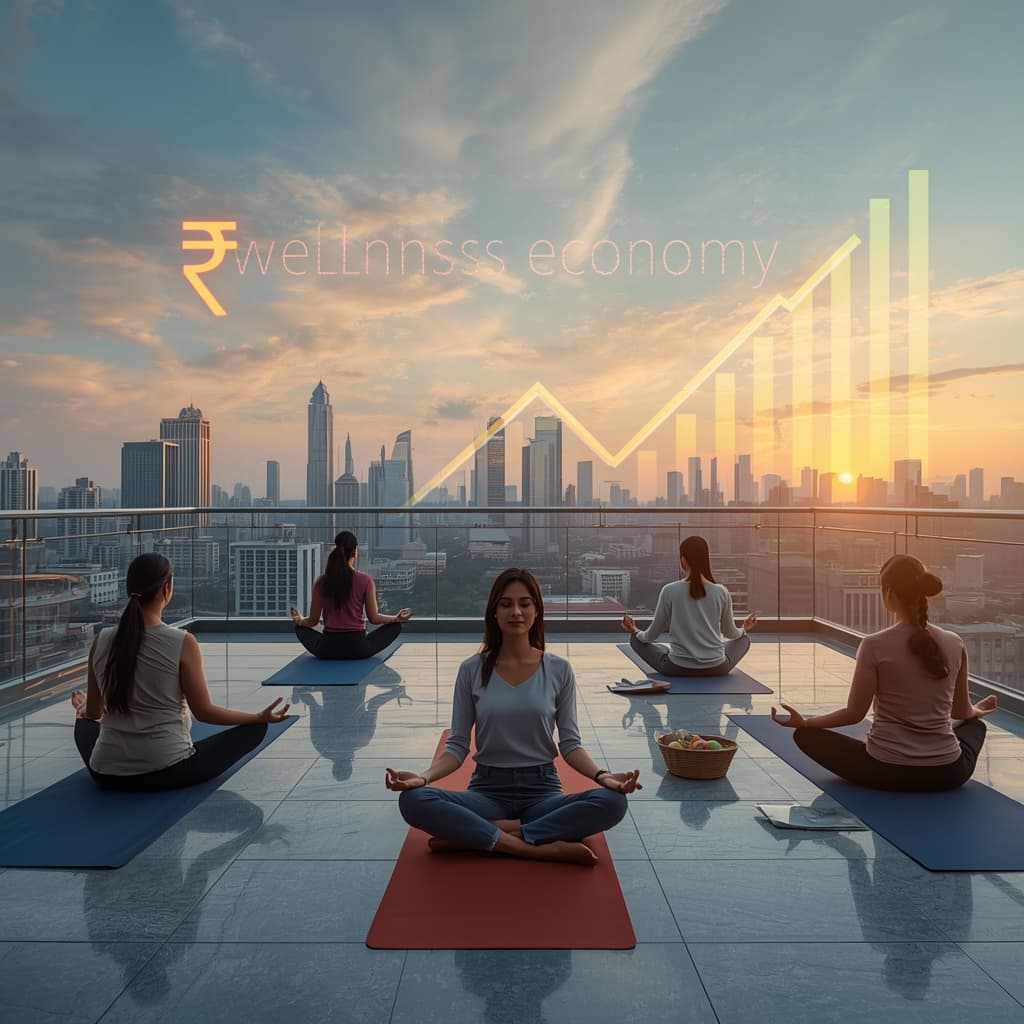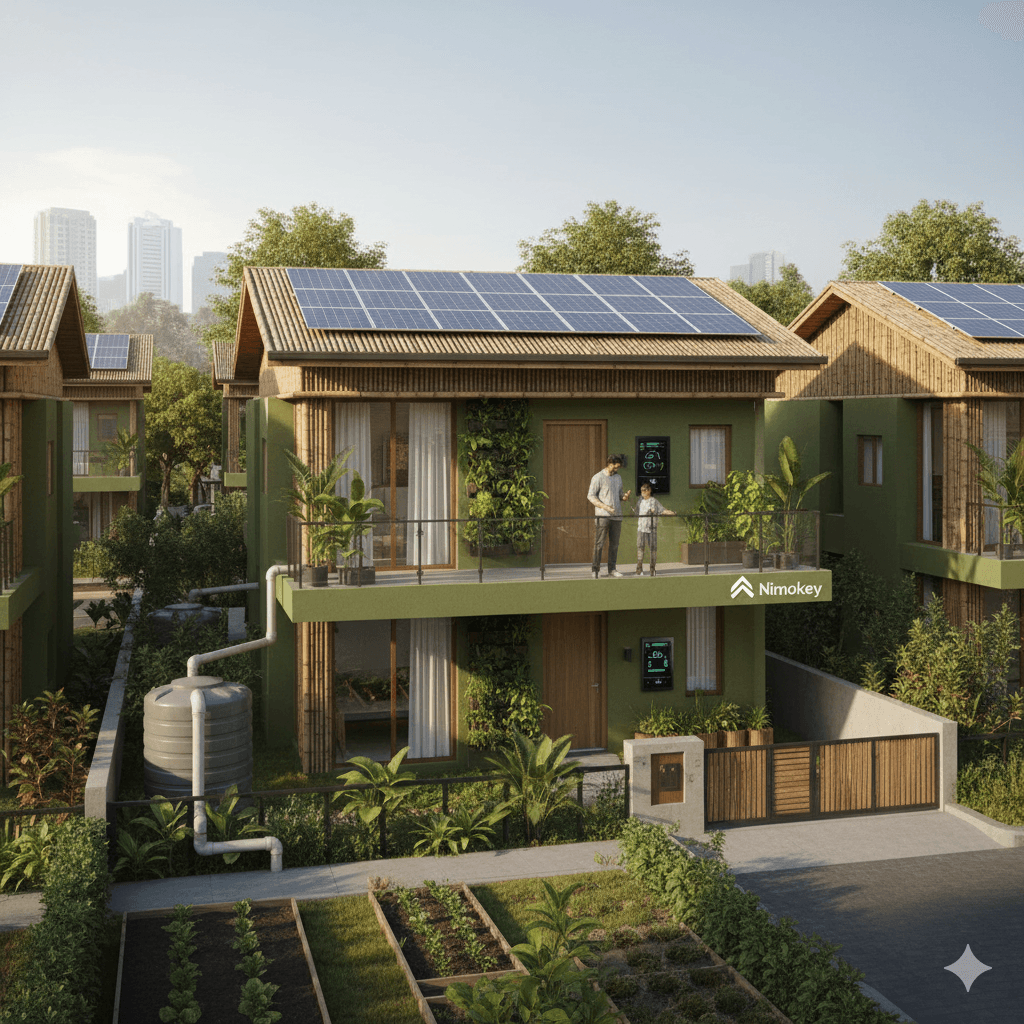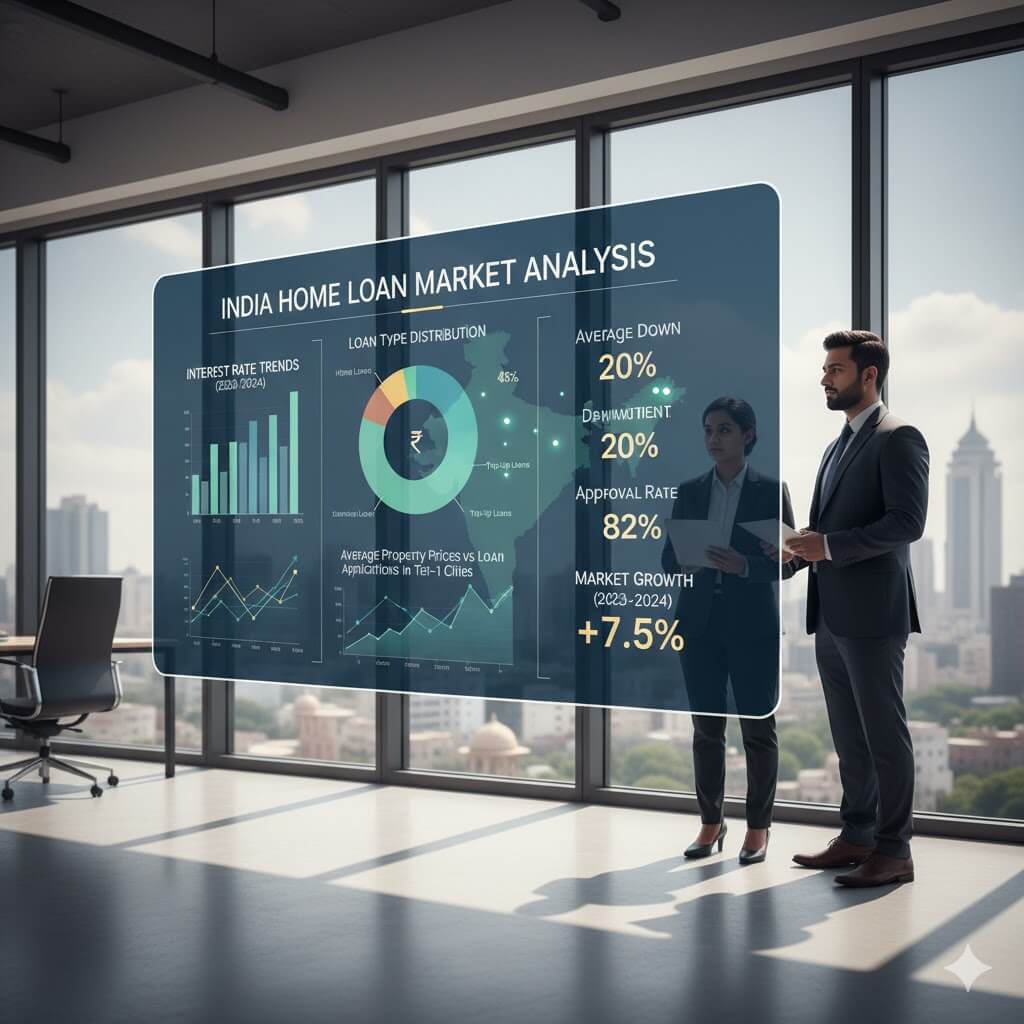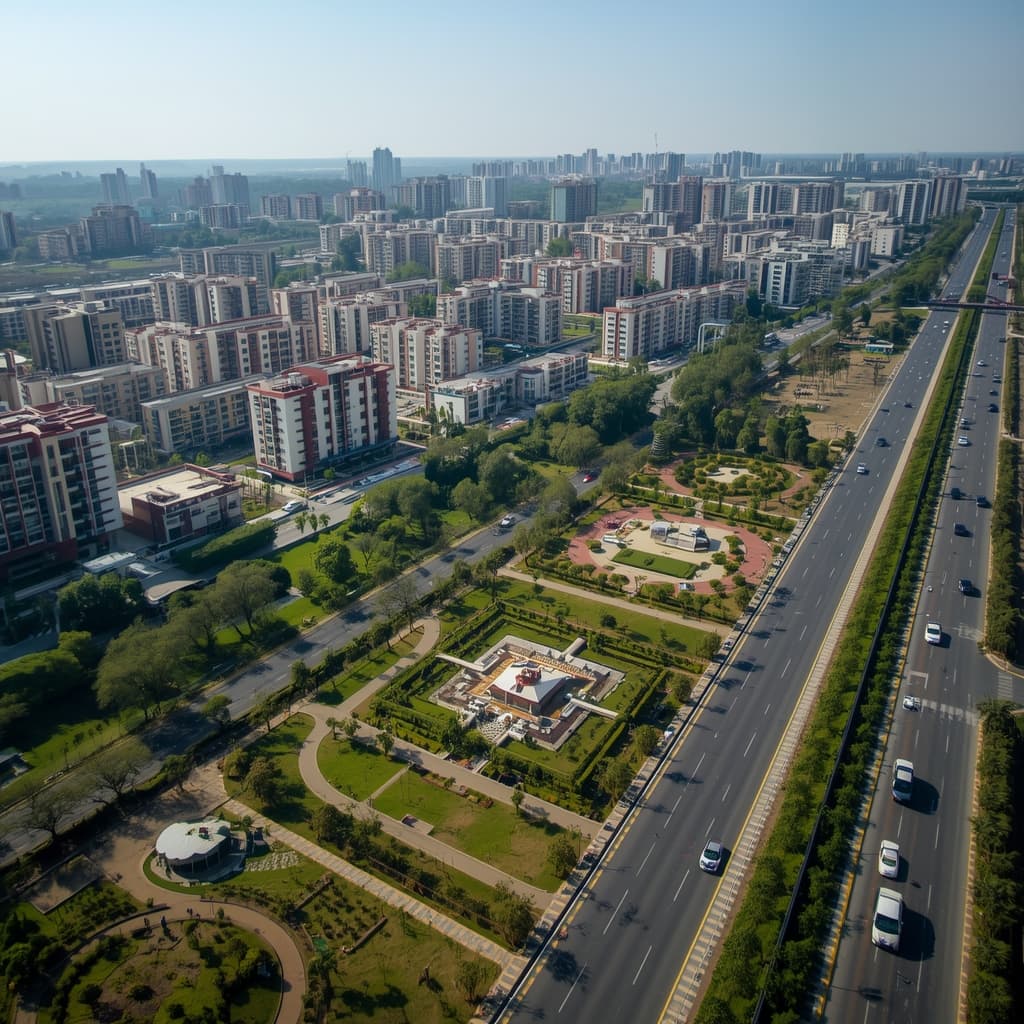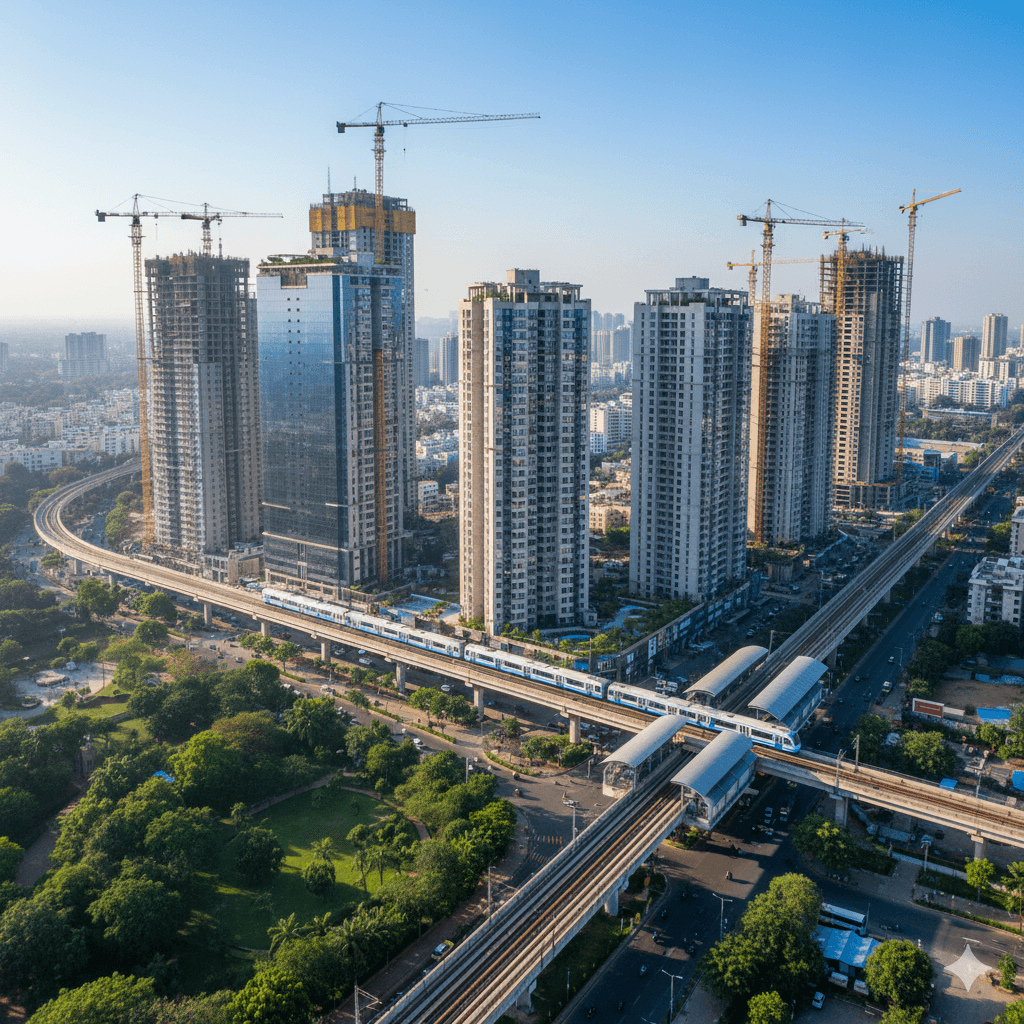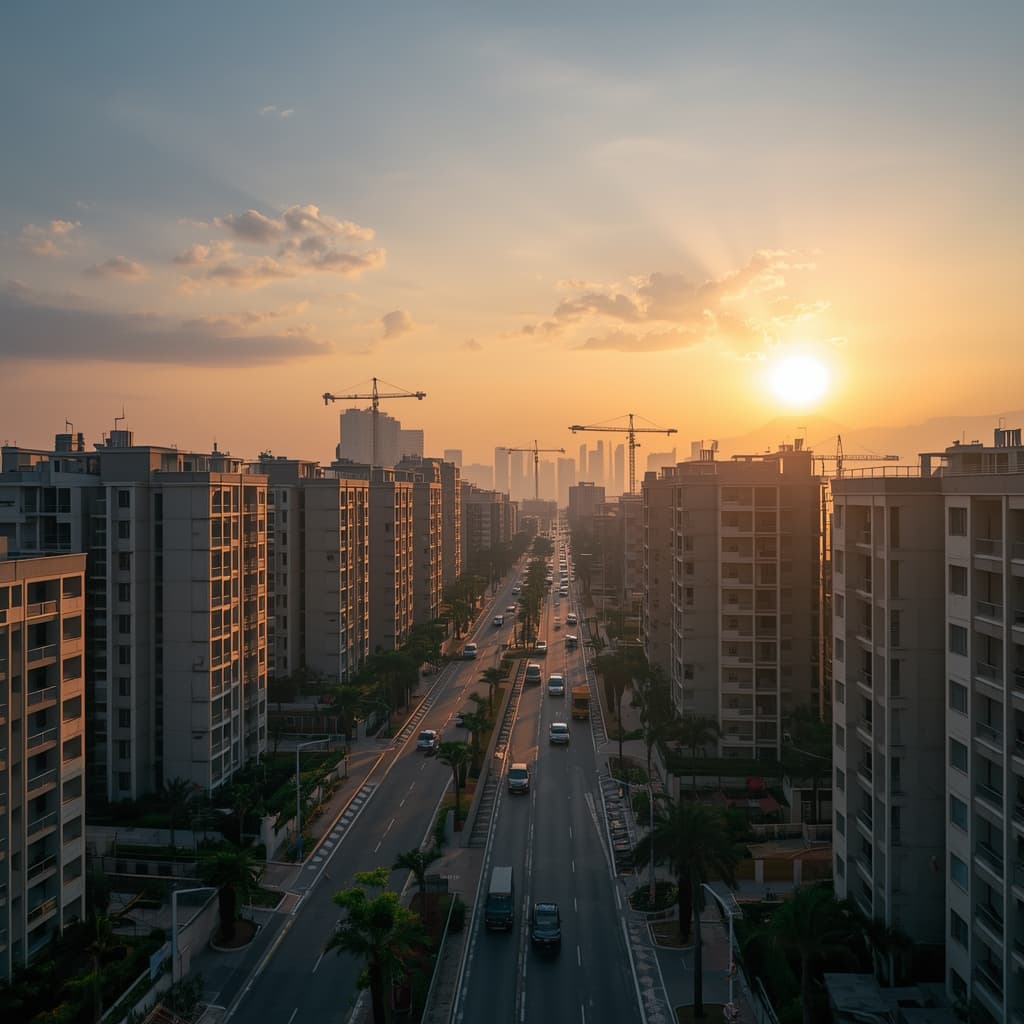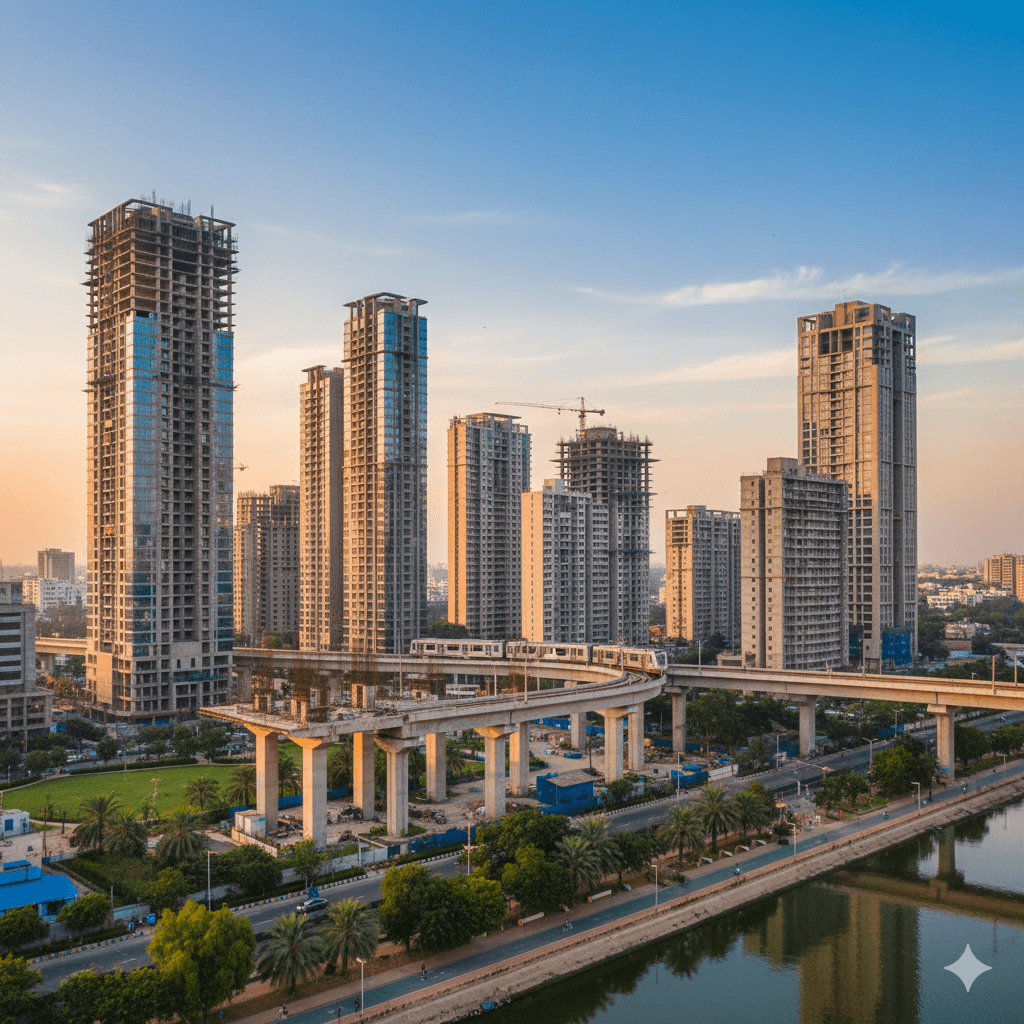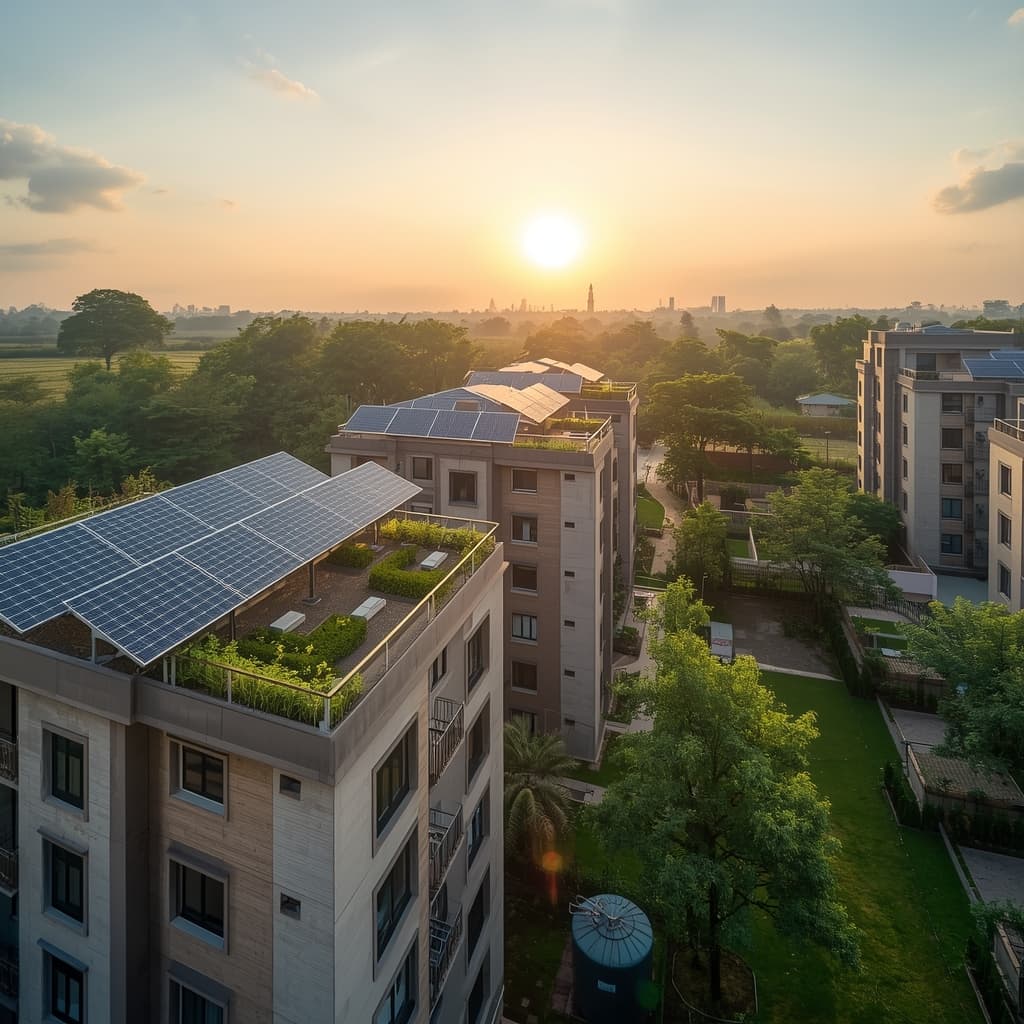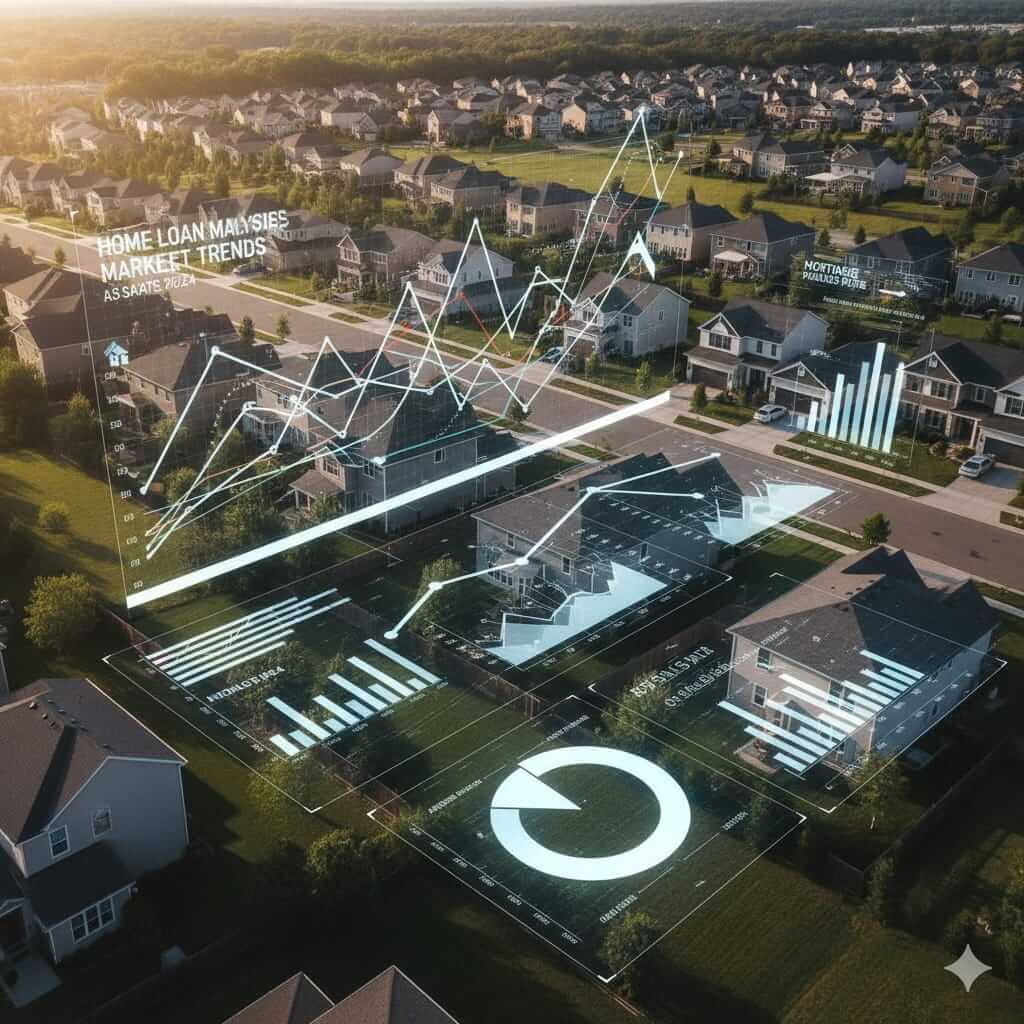Rising Property Prices: What It Means for First-Time Home Buyers
Discover how increasing property prices are reshaping affordability, home loan needs, and buying decisions for first-time home buyers in India. Learn strategies to manage costs and make smart purchasing choices in 2025.

For first-time home buyers in India, rising property prices have become a defining challenge. With housing demand outpacing supply in major cities, affordability is under pressure, pushing many aspiring homeowners to reassess their budgets, loan eligibility, and investment timelines. Nimokey explores what these trends mean for new buyers and how they can navigate an evolving real estate landscape in 2025.
1. The Drivers Behind Rising Property Prices
Several economic and demographic factors contribute to the steady increase in housing prices across India:
- Urbanization: Rapid migration to cities like Bengaluru, Pune, and Hyderabad continues to drive demand for housing.
- Construction Costs: Rising prices of raw materials such as steel and cement add to project costs.
- Land Scarcity: Limited land availability in metro areas inflates land acquisition costs.
- Government Policies: Infrastructure projects and smart city initiatives often raise the value of nearby real estate.
2. How It Affects First-Time Buyers
For those purchasing their first home, the impact is significant. Higher property prices mean larger loan requirements, bigger EMIs, and more stringent credit checks. Many buyers are now turning to smaller homes, emerging localities, or joint ownership to manage affordability.
- Increased Loan Tenures: Buyers extend repayment periods to reduce monthly EMI burdens.
- Compromises on Location: Many opt for suburban or Tier-II city homes with better affordability.
- Loan-to-Value Ratios: Higher prices can affect the percentage of property cost financed by lenders.
3. The Role of Home Loans
As prices rise, home loans become an even more critical financial tool. Flexible repayment structures, competitive interest rates, and digital loan processing make it easier for buyers to manage large-ticket purchases. In 2025, many banks and NBFCs are offering innovative loan products tailored for young professionals and first-time buyers.
- Step-Up Loans: Lower EMIs in initial years that increase gradually as income grows.
- Subvention Schemes: Developers and lenders share initial EMI payments to ease early burdens.
- Government Subsidies: Under PMAY and other housing initiatives, eligible buyers get interest subsidies.
4. Strategies for Managing Rising Costs
- Use Nimokey's Home Loan Calculator to compare affordability across loan tenures and interest rates.
- Explore emerging locations with better long-term appreciation potential.
- Negotiate with developers for early-bird offers or flexible payment plans.
- Maintain a strong credit profile to access lower interest rates and higher eligibility.
5. Long-Term Outlook
While rising property prices present challenges, they also reflect India's growing economy and real estate maturity. First-time buyers who plan strategically and invest early can still find value in emerging corridors and well-connected suburbs. Real estate continues to be a stable and appreciating asset class for long-term wealth creation.
Conclusion
Rising property prices are reshaping the home-buying journey for first-time buyers, demanding careful planning and smart financial management. With the right mix of loan products, digital tools, and professional advice, buyers can turn challenges into opportunities. Platforms like Nimokey empower home seekers with insights, calculators, and guidance to make informed decisions in India's dynamic housing market.
About Ayushi Payal
Real estate expert with over 10 years of experience helping clients navigate the property market. Specializing in market analysis and market analysis.


